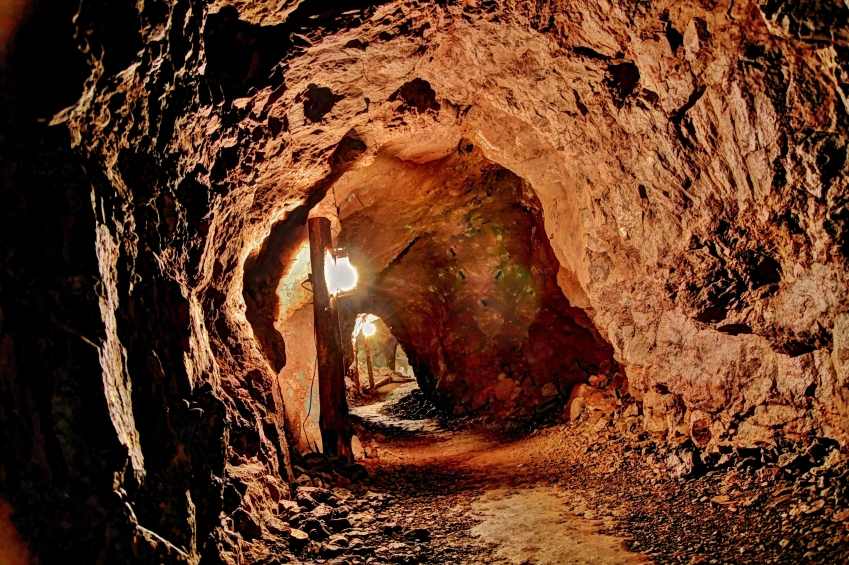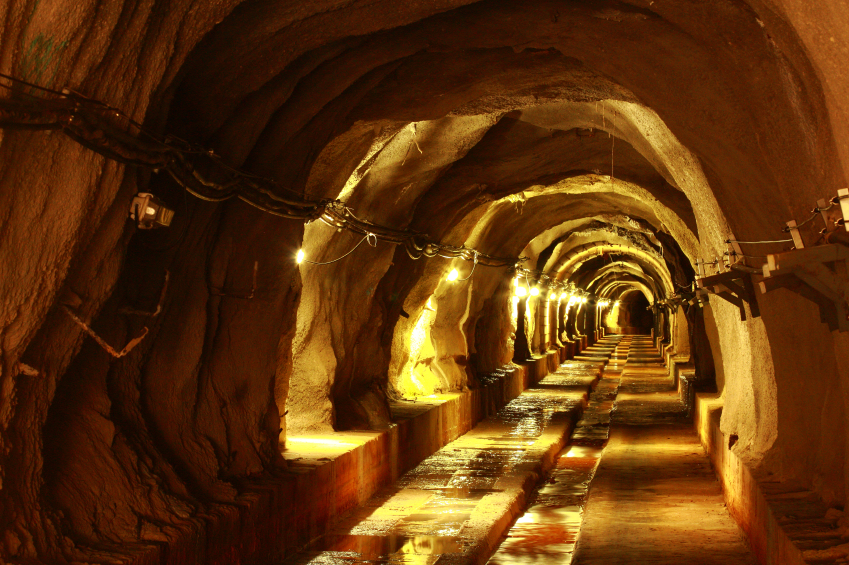2014 Canadian Budget: What it Means for Mining
 What the 2014 Canadian Budget Means for Mining
What the 2014 Canadian Budget Means for Mining
The annual release of Canada’s budget is met with equal parts praise, condemnation and apathy. This year’s effort is no exception. It was the Finance Minister’s goal to put Canada’s financial house in order. Translation: balance the books and curb spending. As for Canada’s mining industry, there haven’t been any major additions or reductions and that is actually good news.
There are a few key highlights that are of importance for the mining industry:
- The 15% Mineral Exploration Tax Credit will be extended until March 2015;
- Increase in investment for the Northern Economic Development Program;
- Increase in the transportation infrastructure in the North;
- Investment in Aboriginal communities to provide a source of skilled labor.
Among the highlights of the budget is an extension of the 15% Mineral Exploration Tax Credit (METC). This will now be in effect until March 2015 and that is very welcome news according to the Mining Association of Canada (MAC). This extremely helpful tax incentive benefits all Canadian miners, providing an incentive for continual exploration of minerals. Investors also benefit from the tax credit, creating a robust environment in managing risk. Naturally, every stakeholder in Canadian mining would like to see this tax credit become a permanent fixture.
The budget also includes $40 million to be spent over the next two years on the Strategic Investment in Northern Economic Development program (SINED). This will provide a much-needed boost for geological mapping which will have a positive trickledown effect for mining operations everywhere. It has been estimated that for every dollar spent by the government in this area, five dollars will be generated from the private sector.
Another concern to Canada mining is the investment in infrastructure. Without decent means of transportation across the country, the mining industry and the entire economy will suffer. This budget proposes $47 billion for a Build Canada Fund. It is meant to be spent on all kinds of road, bridge, rail and public transit projects over the next ten years. Some have noted that the funding earmarked for infrastructure from last year’s budget still hasn’t made its way to the First Nations communities it was meant for. Hopefully, that money and this new money will have a better flow rate. In other words, it needs to be spent.
Finally, the new budget contains provisions that are set up to help aboriginal youths gain a better foothold in education. A financial infusion of $1.9 billion will hopefully steer more First Nations youth towards better education and job training resources. This will provide them with greater opportunities to contribute to the Canadian workforce. That will certainly benefit Canadian mining as the need to find skilled workers grows. Already, Canada’s mining industry is the leading employer of aboriginals. There is no reason why that trend can’t continue.








